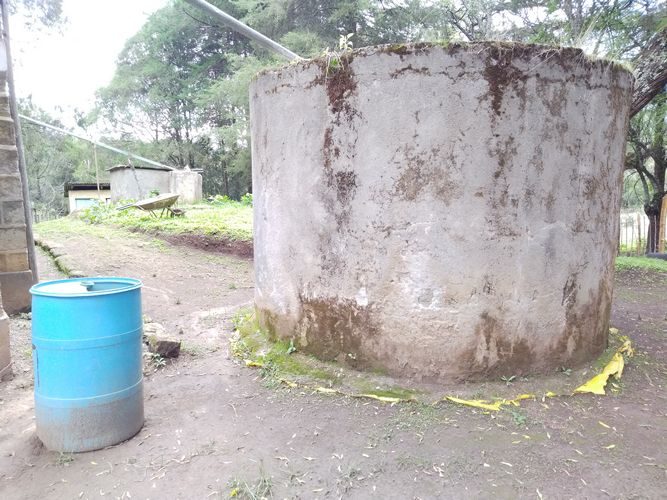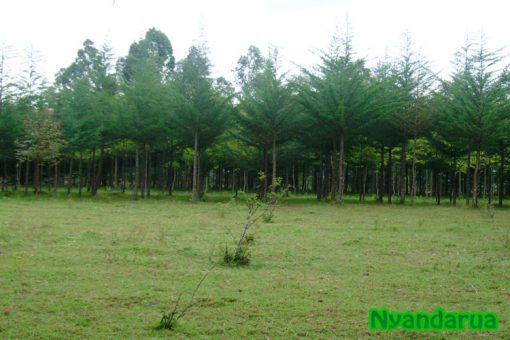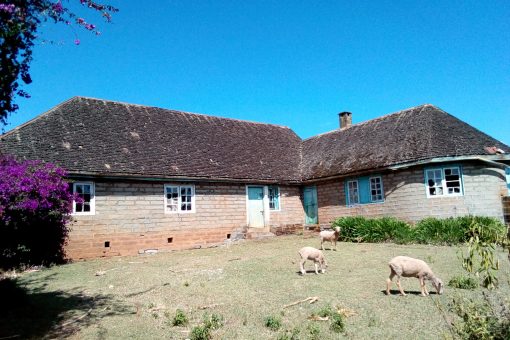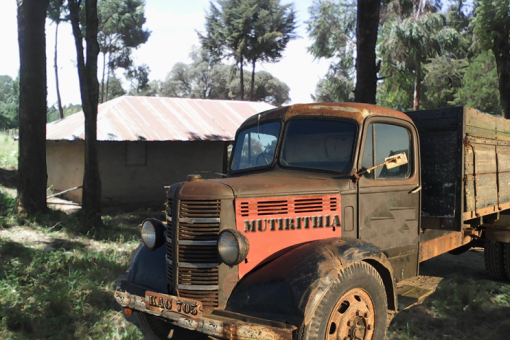These were simply known as – Itangi ria Ihiga. When the Pioneer Parents started constructing modernized houses as their financial standing improved, majority of them were also able to construct masonry water tanks. These are tanks made of special bricks (mahiga) and reinforced with steel. These tanks can be constructed to hold whatever capacity of water the owner desires and they are obviously more durable than the galvanized tanks described previously. Depending on the size, they can hold hundreds of thousands of gallons of water when full. But the domestic size that most Pioneer Parents could afford was of average size holding an average of 20,000 gallons of water. The tanks are usually constructed next to the Main House for convenience in fetching water, but also to use the gutter system of the Main House to harvest as much rain water as possible, keeping the tank well supplied.
Although these tanks are huge, holding tens of thousands of liters of water, the water is not nearly enough to cater for all the water needs of a Nyandarua family especially in the dry season. Consider a homestead of 5 adults, 4 young adults, 5 school going children and some toddlers and babies who are in the homestead day and night. Consider a herd of animals that need frequent watering, especially during the dry season. 20 adult cows, 5 calves, 30 goats, 2 donkeys, 3 dogs and a bunch of chickens.
That is a lot of water required on a daily basis. The one or two tanks are not able to supply that need adequately, especially for a prolonged period of time. The families therefore supplement their tank water with water fetched from the dam. The dam water is used for their cleaning and laundry needs. Animals are taken to the dam to water, but the domestic animals and the young calves are watered at home.




